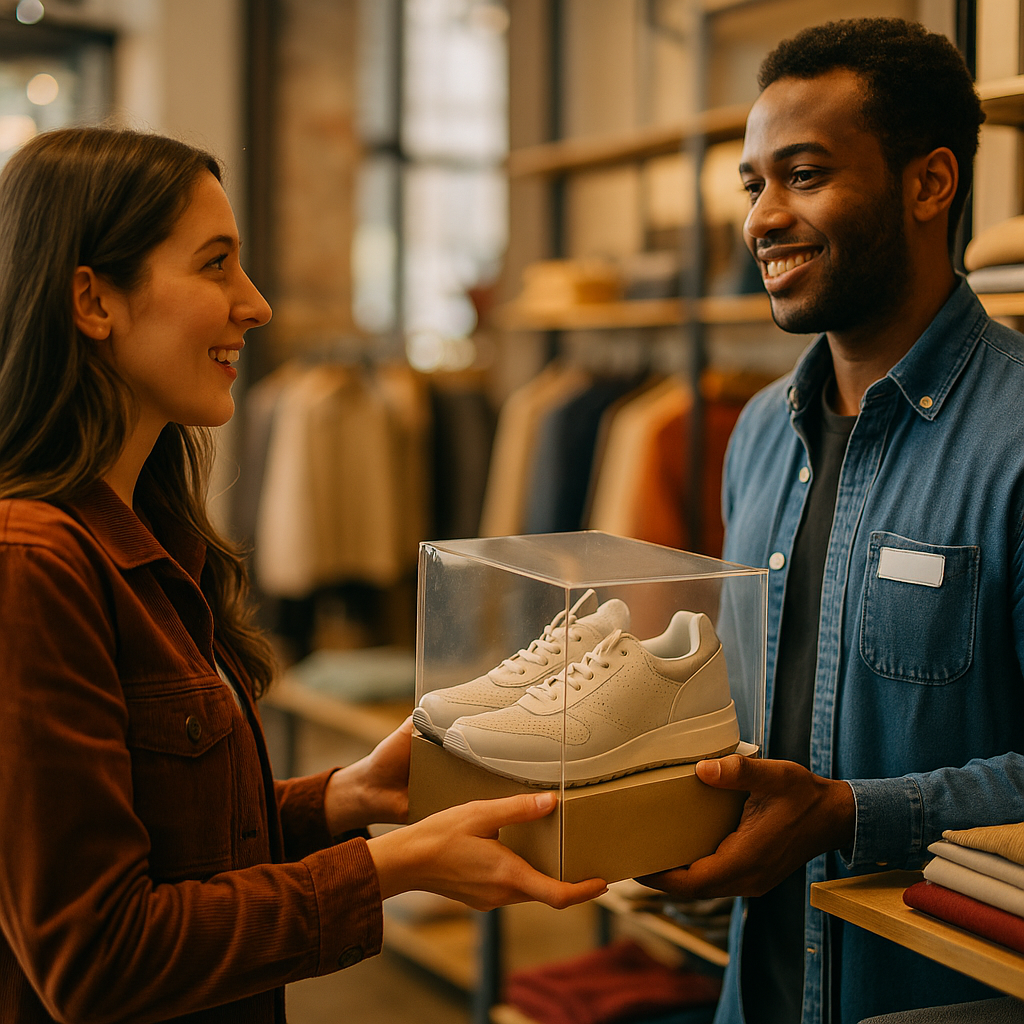A results-driven product seeding campaign can dramatically boost in-store sales and visibility for brands. This case study explores how an innovative product seeding campaign drove significant retail lift for a leading snack brand, offering actionable insights for marketers looking to amplify their own campaigns. Read on to discover the proven strategies behind this remarkable success.
The Product Seeding Strategy That Sparked Retail Growth
The snack brand faced stagnant retail sales and increased competition in early 2025. Recognizing the need for creative engagement, they launched a targeted product seeding campaign aimed at micro-influencers and local community leaders. Rather than mass distributions, the brand adopted a precision approach, hand-picking recipients whose audiences closely aligned with the product’s core demographic—health-conscious millennials and Gen Z parents.
The campaign included:
- Personalized product kits tailored to each recipient’s tastes
- Informative inserts sharing the brand story and unique product benefits
- Calls-to-action encouraging honest, user-generated content on social platforms
This tailored seeding strategy prioritized quality over quantity, ensuring each package delivered meaningful, memorable experiences capable of generating authentic buzz both online and offline.
Leveraging Influencer Partnerships to Amplify Brand Awareness
For maximum impact, the campaign team collaborated with over 200 vetted micro-influencers across major metropolitan areas. These partners were chosen for their high engagement rates and demonstrated resonance within their communities—an essential factor for driving purchase intent and retail traffic. Each influencer received:
- Exact product flavors and variants suiting local preferences
- Exclusive “behind the brand” access via virtual meet-and-greets with product developers
- Easy-to-share content guidelines to maintain authenticity and boost SEO value
Influencer-generated stories, reels, and reviews led to a 23% increase in hashtag usage around the launch and a 17% surge in local store searches for the product—proving the direct link between product seeding and increased consumer demand.
Tracking Results: From Product Seeding to Significant Retail Lift
Measuring the campaign’s success was paramount for internal learning and future scaling. The brand partnered with major retailers to track unit sales, using unique QR codes and incentivized point-of-sale tactics. Over the eight-week push, the brand reported:
- A 38% retail lift in seeded metro areas versus unseeded controls
- SKU sell-out rates in several high-traffic retail chains
- 18% uptick in repeat purchase intent, per post-campaign digital surveys
Additionally, social media listening tools detected a 4x increase in positive product mentions, and Google Trends showed a local spike matching campaign activity periods—demonstrating the real-world effects of targeted product seeding on both digital and brick-and-mortar sales metrics.
Key Takeaways: What Made This Product Seeding Campaign Successful?
Several core principles fueled this campaign’s retail lift:
- Precision Targeting: Avoiding wide-net sampling, the team carefully matched products to recipients with genuine influence.
- Hyper-Personalization: Kits included custom messages, relevant flavors, and exclusive content access, making recipients feel valued.
- Seamless Offline-to-Online Integration: QR codes bridged digital experiences with in-store transactions, simplifying consumer journeys.
- Authentic Content Creation: Guidelines emphasized honesty and utility, boosting both trustworthiness and SEO performance for the brand.
- Data-Driven Optimization: Real-time analytics informed tweaks mid-campaign, ensuring resources focused on the most responsive micro-markets.
This level of strategic execution not only secured measurable sales gains but also established a blueprint for future scalable product launches and retail partnerships.
Actionable Steps: Implementing a Product Seeding Campaign for Retail Lift
Marketers seeking similar outcomes can apply a proven process based on this case study’s insights. Consider the following steps to maximize your own retail lift:
- Define your primary and secondary audiences with precision using up-to-date, privacy-compliant data sources.
- Curate product kits that resonate on a personal and regional level to drive meaningful shareability.
- Recruit micro-influencers with authentic brand alignment, focusing on engagement over follower count.
- Empower partners with creative freedom, encouraging honest feedback and personal storytelling in their content.
- Integrate clear digital-to-retail conversion paths, like scannable codes or exclusive in-store discounts tied to the campaign.
- Monitor sales and brand conversation metrics closely, adjusting tactics in real time for maximum impact.
By prioritizing authentic connections and rigorous tracking, brands can confidently link their product seeding efforts to tangible retail outcomes.
FAQs about Successful Product Seeding Campaigns and Retail Lift
- What is a product seeding campaign?
A product seeding campaign is a marketing strategy where brands send free samples or products to carefully selected individuals (influencers, community leaders, potential customers) to generate organic awareness, content, and consumer interest. - How does product seeding lead to retail lift?
By generating genuine word-of-mouth and influencer content, product seeding increases product awareness and desirability. This, in turn, drives more consumers to seek out and purchase the product in retail locations, often resulting in measurable sales increases. - Which metrics best track product seeding success?
Key metrics include retail sell-through rates, social media mentions and engagement, branded search volume, coupon redemption, and repeat purchase intent captured by surveys or loyalty data. - How many people should you seed products to?
Quality beats quantity. Focus on strategically chosen individuals with genuine influence over your target market. For best results, pilot with 100-500 micro-influencers before scaling. - What tools can help manage product seeding campaigns?
Platforms like Upfluence, Aspire, and Traackr streamline influencer discovery, relationship management, and performance tracking, enabling efficient, data-backed seeding campaigns.
In summary, an effective product seeding campaign relies on precision, authentic partnerships, and close tracking to drive tangible retail lift. Brands that follow these proven strategies can unlock both short-term sales boosts and enduring consumer loyalty.
